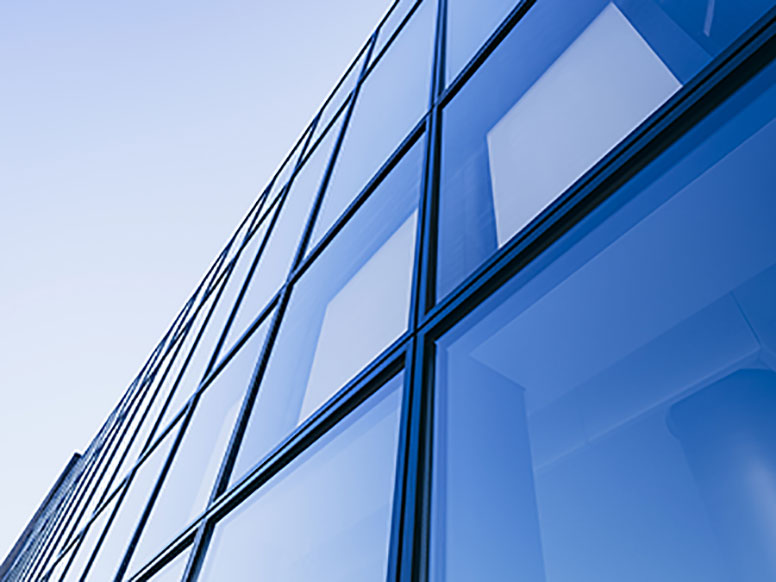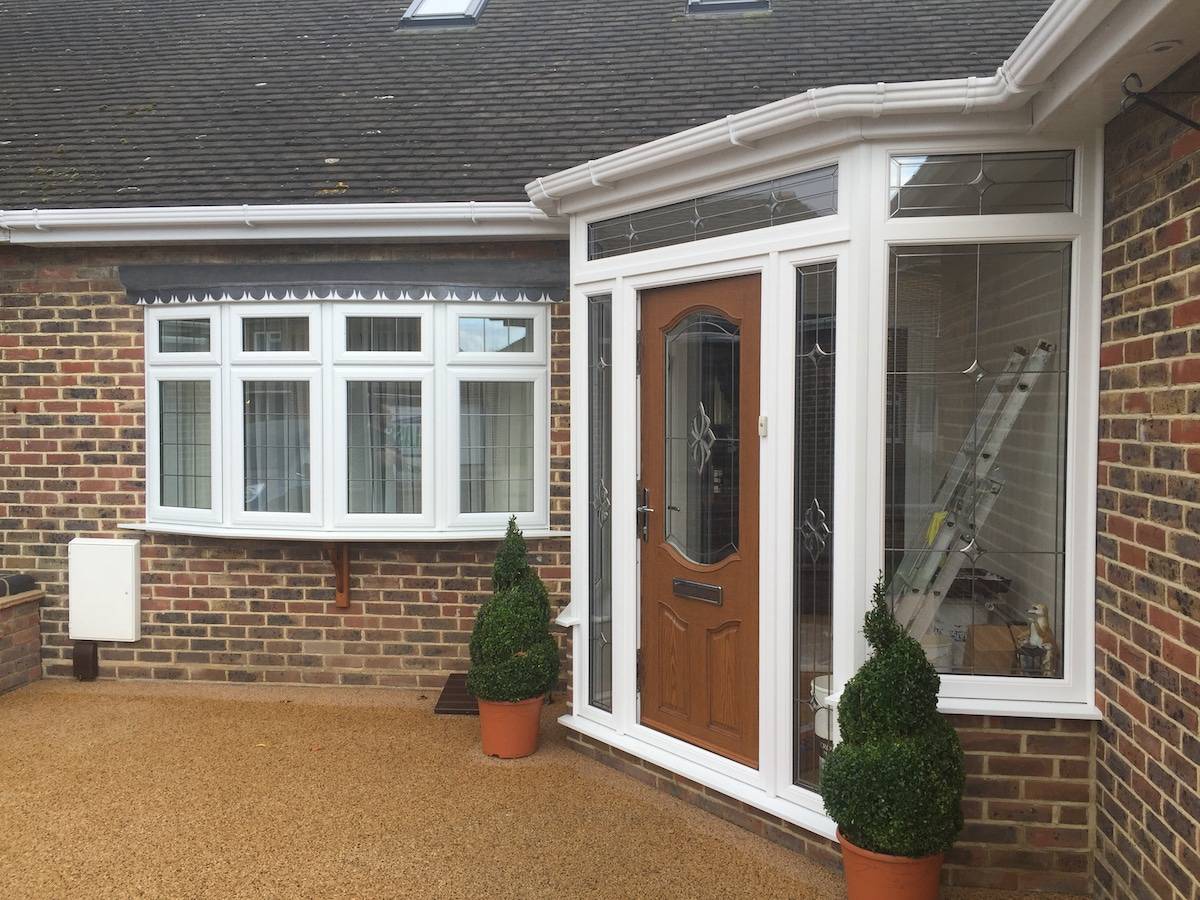All Categories
Featured
Table of Contents
Save Energy With Double Glazed Windows in Mount Pleasant WA
Laminated glass is typically used in locations in the house most vulnerable to injury from human impact such as restrooms, doors, around staircases and in areas near to the floor (it meets the requirements of 'safety glass' that is mandated for usage in these locations by Australian Basic AS 1288 Glass in structures).
Toughened glass has been 'tempered' by being reheated and rapidly cooled again. This procedure makes it much more powerful than basic glass it can withstand greater impact loads prior to breaking. It also makes it much safer due to the fact that, when it does shatter, it breaks into many small cubic pieces instead of harmful fragments.
Benefits Of Replacing Double Glazing Windows In The Summer in Melville Western Australia
Toughened glass has no thermal or acoustic benefits over other glass of the same toning or density. Secondary glazing is where single-glazed windows are retrofitted with a transparent acrylic or glass sheet connected to the within the frame or openable sash with a secondary frame or with magnetic strips.


Secondary glazing will not perform as well thermally as a manufactured IGU, considering that it is impossible to totally seal the perimeter, however it can offer great sound control. Window movies are a thin polymer film including a soaking up dye or reflective metal layer, with an adhesive backing. They stick to your glazing to alter its colour or make it reflective.
Why Double-glazed Windows Are A Must in Booragoon WA
Applied to existing glass, some window movies can halve the total SHGC of the window by taking in and/or reflecting solar radiation. This can be especially advantageous in hotter environments where cooling is the main concern, or on east and west elevations directly exposed to extended periods of sunshine. Nevertheless, window movies may also lower visible light transmittance.

For this factor, it is typically best to use an accredited installer of window film. Frames have a significant effect on the thermal performance of windows and doors, because energy can be acquired and lost through the frame, as well as through the glass. Different types of frame will allow various levels of heat gain and loss, so mindful choice of frame is necessary for efficient passive style.
Magnetite: Australian Retrofit Double Glazed Windows in Byford WA
Aluminium is also a very excellent conductor of heat and will decrease the insulating worth of a glazing system, unless specifically crafted to decrease this. A 'thermally broken' frame is comprised of 2 aluminium areas connected by a structural insulator (usually a low-conductivity structural polymer). This 'breaks' the thermal connection through the aluminium and lowers the heat streaming through the frame.
They can be costly, however rates are reducing as they end up being more common. Timber frames are a great natural insulator that can fit some home designs. Timber frames need to be made from species that have naturally high toughness or be dealt with to avoid decay and contortion. Check that the timber is sourced from a sustainably managed forest.
Single Glazed Vs Double Glazed Windows - Ultimate Guide in Applecross Western Australia
(weather removing) is installed.
u, PVC doors and windows have excellent thermal performance Image: Ben Wrigley (Light Home Architecture and Science) Composite frames use aluminium profiles on the external areas with either a lumber or u, PVC inner area. These combine the low upkeep and sturdiness of aluminium with much improved thermal efficiency.
Latest Posts
Window Glazing For Households - Energy in Millendon Western Australia
Best Double Glazing Brighton Archives in East Victoria Park Perth
Double Glazed Windows Sydney in Duncraig WA